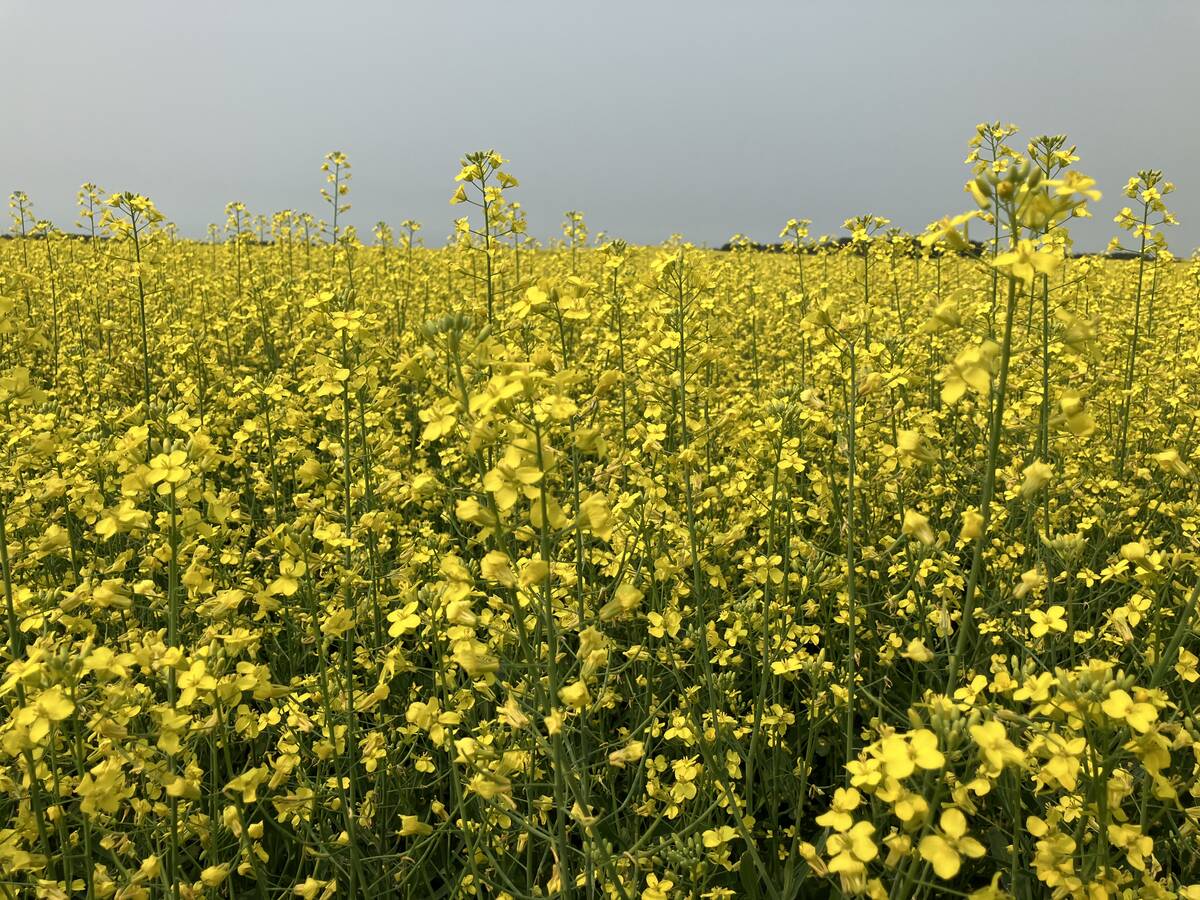Western Producer reporter Ed White visited Brazil to explore agricultural development and opportunities for Canadians brought about by Brazil’s rise to prominence as an agricultural powerhouse.
ANASTACIO, Brazil – As the Israeli rabbi slashes the throats of steers at the head of the slaughter line, electronic identification reports for each animal are spit out of a fax machine in the Independencia plant administration office.
The carcasses move down the line and are separated into kosher and nonkosher lots by other rabbis, before being cut, labelled and boxed by the workers.
Read Also

Canola used in only quarter of Canadian biofuel
Less than one-quarter of the biodiesel and renewable diesel used in Canada in 2024 was made from canola oil feedstock
The kosher meat will travel directly to Israel while the non-kosher will stay in Brazil.
The export beef industry in Brazil uses a cattle identification system similar to Canada’s and represents a tight connection between a local plant in the interior of one continent and a premium market on another continent.
Yet in the cattle pens outside Independencia, far less advanced conditions prevail.
The cattle are a polyglot bunch, with a mix of pure Nelores and cross-bred Nelores, British and European breeds, with varying ages and physical conditions.
Some look meaty but most look bony.
Inside, as they travel down the line, the carcasses show no uniformity.
Some have only the leanest muscle mass spread thinly across the skeleton while others have much more muscle and a layer of fat.
The plant is doing the best it can with what Brazil has, which is a cattle production system similar to that of the Canadian Prairies in the 1960s.
Most Brazilian beef cattle are never fed grain, and are left on pastures until shipping day. Most steers take 24 to 36 months to reach slaughter weight, which in Brazil is commonly about 650 pounds.
The cattle on pastureland across this giant nation vary greatly in appearance, performance and structure because of the varied climatic and environmental conditions – which range from tropical to Texas-like – and because little work has been put into perfecting the Nelore breed.
Nelores cope well with heat and bugs but they don’t have the meatiness, growth rates and udders of North American and European cattle.
In the past, little effort was made to create crossbred cattle that could be as heat-and-bug-tough as Nelores but that is beginning to change.
Near the Independencia plant is the Sete Estrelas farm, a private company producing purebred Nelores and marketing them as embryos in crossbred cows.
“We think the Nelore is the best breed for us here,” said owner Oswaldo Possari.
A male calf costs about $1,000 US and a female $2,000.
Sete Estrela’s prize bull sold for $106,000 at a recent auction. Its purebred Nelore offspring are being integrated in herds across Brazil and even in Africa and Asia, where Nelores are also common.
In southern Brazil, which is much cooler than in states like Mato Grosso do Sul and Mato Grosso, crossbred Nelore-Angus-Limousin-Charolais cattle are common, but in the hot north, producers have had trouble perfecting a blend.
The meaty, northern hemisphere animals get exhausted by the heat and are ravaged by ravenous ticks – bugs that generally leave Nelores alone.
But successful crossbreeds are slowly being developed, and with them cattle feeding is slowly taking hold with the most progressive producers.
Near the city of Rondonopolis in the hot central state of Mato Grosso, Fabio Neves is one of those progressive farmers trying to incorporate both crossbred cattle and feeding. His farm buys weaned calves and puts them on grass over the wet Brazilian summer, which begins in December.
In 2003 the farm finished 3,500 calves.
When the relatively cold, dry winter season begins in May, Neves starts feeding the calves a grass-sorghum silage. He is now able to get his Simmental-Nelore crosses to a market liveweight of 1,100 lb. in 18 to 24 months, much better than the Brazilian average.
But his operation, with rotational grazing and winter feeding, is an exception in Mato Grosso.
“This is rare, very rare,” said Neves.
Farther south in Parana state, mixed farmer Domingos Trevisan is another exception.
He feeds his half-Nelore, half-European calves a corn-soymeal ration over the winter in a feedlot system.
Some Brazilian farmers provide supplemental feed, but feedlots are almost unheard of.
“This is not common,” he said.
Trevisan’s crossbred cattle on feed can reach 1,210 lb. liveweight in 13 to 14 months, so to him it makes sense.
“These get to the weight fast,” he said.
Fellow Parana farmer Carlos Alberto said his area is much cooler than the more northern states, which better suits British and continental breeds. But the ticks, other parasites and diseases are much worse because of the humidity and lush grass growth. However, careful breeding has allowed him to improve his herd.
“Ten years ago we used to lose two cattle per month to unknown disease,” said Alberto, whose calves are a terminal cross of a Nelore cow with a Simmental or Limousin bull.
“Now we hardly ever have one die. If one does die, it is because of a snake bite.”
Brazilian beef exports are still ham-strung by the country’s repeated incidents of foot-and-mouth disease and its Nelore-based cattle produce a meat that is too tough for most premium world markets.
But if Brazilian farmers can substantially improve their health status and meat quality through careful breeding and management, low-quality beef exporters such as Australia are likely to face a big new competitor.
With a cattle herd of about 170 million head, small improvements in Brazil could mean big developments in the world beef market.

















